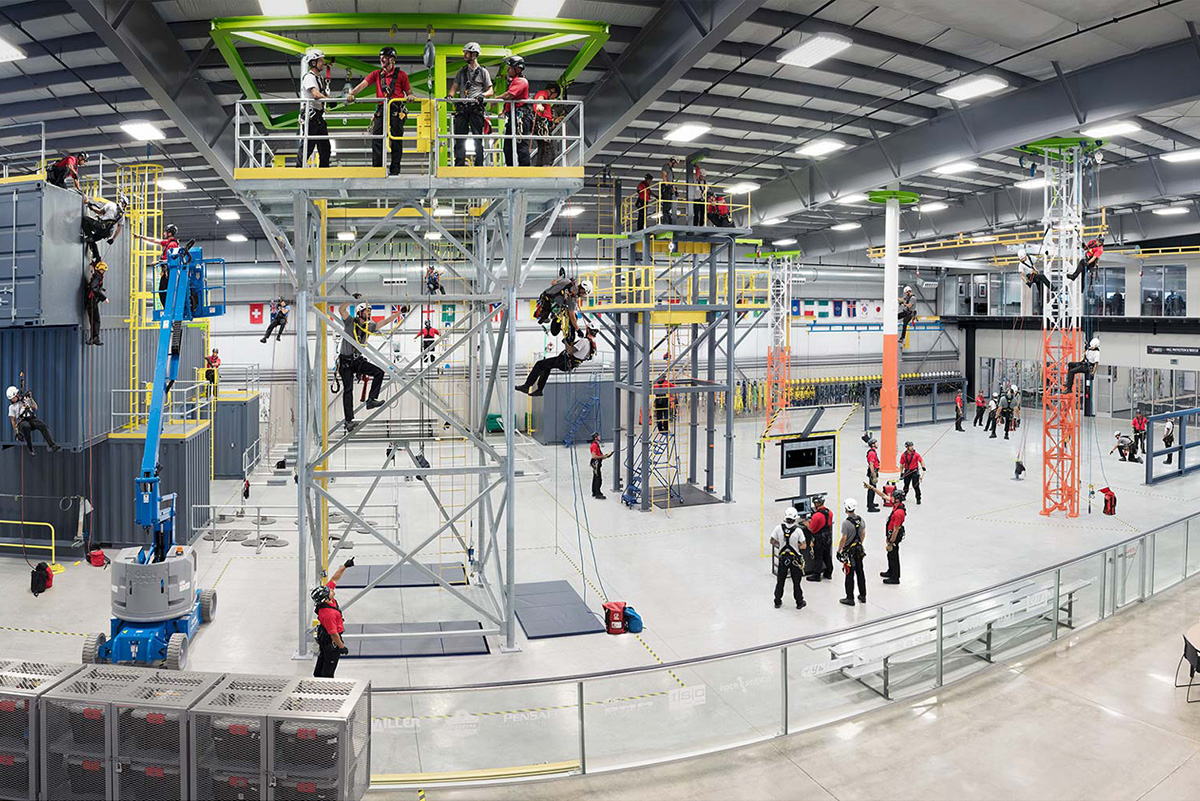Your cart is currently empty!
Randall Wingfield Talks to Professional Safety

This interview was originally published in Professional Safety’s March 2018 issue.
PS: As a recognized expert working in this arena, what are the greatest challenges employers face in protecting workers at height?
Randall: I have always believed that education is the greatest challenge for employers. There is a host of innovative equipment available, but educating a person appropriately takes time. Too often, we are trying to change attitudes in a brief educational period. To have a worker willing and wanting to use the equipment correctly takes time.
PS: A comprehensive fall protection program helps prevent fall-related injuries and fatalities. However, hundreds of workers continue to die each year in the U.S. What are some causes of this disconnect?
Randall: Not enough clearance, anchorage failure, incompatible connections or incompatible equipment have all contributed to incidents. I would offer that one of the main themes to all of these failures is a worker not understanding how to properly use the equipment.
PS: There are a lot of misconceptions about fall protection equipment. What are some that you hear most often in the field?
Randall: Most recently, the greatest misconception has to do with connectors. OSHA recently required snap hooks and carabiners to have gates rated to 3,600 lb, which is a design specification that ANSI required of connectors in 2007. The misconception is that these connectors can attach in any manner because of the increased gate strength. This is potentially dangerous. Connectors with stronger gates increase the level of security, but users must still exercise caution and understand what is a compatible connection.
PS: What are some other industries in which employers (or others) often overlook fall protection hazards?
Randall: I will not point out any particular industry, but rather mention a common hazard: work on flat or low-sloped roofs. The work is often low frequency and duration, with many workers comfortable walking around a flat roof or near the edge. Roofs are often viewed as a low-risk, low priority situation for fall protection.
“Education is the greatest challenge for employers. Too often, we are trying to change attitudes in a brief educational period. To have a worker willing and wanting to use the equipment correctly takes time.”
– Randall Wingfield
PS: Having been involved in the development of fall protection standards for more than 30 years, what are the greatest changes you have seen in this arena?
Randall: The standards are more robust and detailed, resulting in positive changes in safety regulations and quality of equipment. To give you a comparison, when I became involved with the Z359 ASC, fewer than 10 people were working on the standard. Now, the Z359 ASC meeting repeatedly has an attendance of around 125 people, many from outside of the country. The standard was a single, 80-page document; now, it is a family of standards with more than 1,000 pages of content and growing. The greatest change is not the volume of the standard; it is the influence that work is having on occupational safety regulations and innovation of products. For example, the increased gate strength of connectors has led to innovation, where all major manufacturers have developed several products meeting the new standard requirements. In addition, occupational safety and health regulations have included similar requirements.
PS: So, if you had an elevator pitch to engage someone in the process of developing consensus standards, what would it be?
Randall: If you are interested in protecting workers at height, the Z359 ASC is the largest group and the loudest voice making changes for workers at height. It is a tremendous commitment of time and effort, working in subcommittees and meeting twice a year in Chicago, but if you are dedicated and want to have a voice, you would be in the right place.
PS: What benefits do OSH pros who get involved in standards development gain? How do their employers or clients benefit?
Randall: First, an OSH professional can have a direct influence on developing standards that will help protect their employees and anyone who works at height. Secondly, the majority of the major manufacturers worldwide are represented on the committee. We hope to write standards that will drive innovation to better protect workers at height. Some would say this is the leading edge.
LEARN MORE ABOUT OUR SERVICES
If you have any questions, contact Gravitec Systems at 1.800.755.8455.